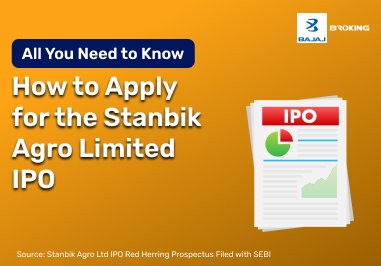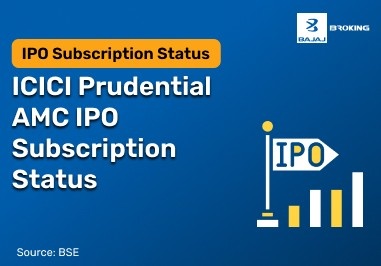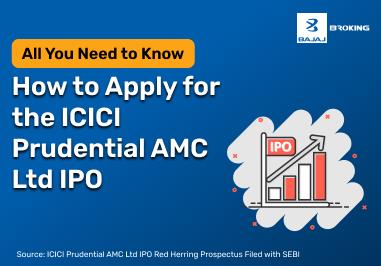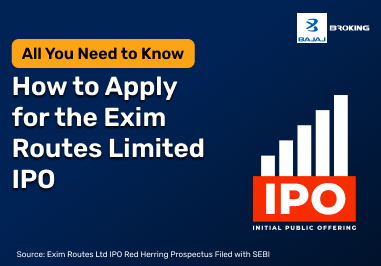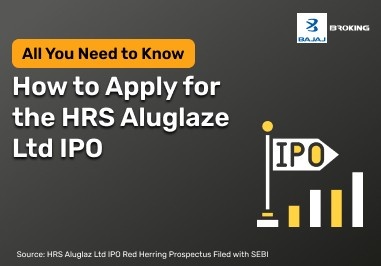The Meaning of Peak Margin
Peak margin is a limit set by regulators on the amount of leverage a broker can offer you for intraday trading. The idea is simple — it ensures that traders maintain sufficient collateral behind their trades.
Without this rule, investors could take on very high risks, and if things went wrong, the whole market could feel the shock. So, peak margin is like a control mechanism. It protects both the trader and the market from unnecessary disruptions.
The Calculation of the Peak Margin
The calculation may sound technical, but let us keep it straightforward. During the trading day, the clearing corporation takes four random snapshots of your positions. For each snapshot, they calculate the required margin. The high numbers out of the four become your peak margin for that day.
For example, say the snapshots show ₹ 10,000, ₹ 20,000, ₹ 30,000, and ₹ 40,000. The larger number — ₹ 40,000 — is treated as the peak margin. This means you must have at least ₹ 40,000 in your account if you want to continue trading without facing a penalty. Think of it as proving that you can afford to keep your positions open.
Also Read: Difference Between Margin Trading And Leverage Trading
Understanding the Recent Updates: Revisions to Peak Margin Rules (from 01-Aug-22)
In August 2022, SEBI modified the way peak margin is implemented. Previously, the margin changed throughout the day. It also penalises if the funds do not match. This was also very stressful for brokers and traders.
Now, the margin is fixed at the beginning of the trading day and remains constant until the market closes. Suppose you start with ₹ 10,000 in your account, and your trade needs ₹ 8,000. Even if the requirement later increases to ₹ 12,000 due to market volatility, you will not be penalised as long as you had the original amount. 8,000 at the start.
For traders in the cash segment, this change does not really alter much, but for those in derivatives, it makes trading more predictable.
The Importance of Peak Margin
Understanding peak margin is important because it directly affects how you trade and how much risk you can take. Using too much leverage might look attractive since it can increase your potential profit, but it can also magnify your losses. And margin calls — where you are forced to close trades suddenly — are rarely in your favour.
Peak margin acts like a guardrail. It stops traders from engaging in overly risky activity, protects the stability of the market, and maintains that you allocate adequate funds to fulfil your trading obligations. In the bigger picture, it also helps maintain trust in the system and fairness among traders.
How Peak Margin Affects Trading Strategies
Awareness of your maximum margin limit can help you plan your trades strategically. It has an impact on your number of trades, the size of your positions, and how you manage your risk.
As an example, if you understand your maximum margin limit, you can set stop-loss orders more appropriately and avoid potential bad surprises. Disciplined traders have a healthy respect for these limits, which helps to protect their capital if the market takes a volatile turn.
It is less about restricting you and more about helping you think ahead.
Complying with Peak Margin Regulations
Peak margin rules are not suggestions; they are mandatory. These codes must be adhered to by both brokers and traders. Failure to comply will mean possible sanctions, or also the closure of your trades.
Compliance can feel like a restriction in the beginning - compliance, in fact, helps to create a fair and transparent environment. Compliance helps to create a market that is more efficient when everyone is doing the same thing.
Conclusion
Peak margin may sound complicated, but it's a straightforward principle that can help you with intra-day trading. It manages the risk you can take, and preserves a degree of market safety for anyone involved.
By understanding peak margin before executing trades, you will not only protect your capital but also improve your strategy management. It is not a restriction, it is a mechanism for you to trade responsibly.

